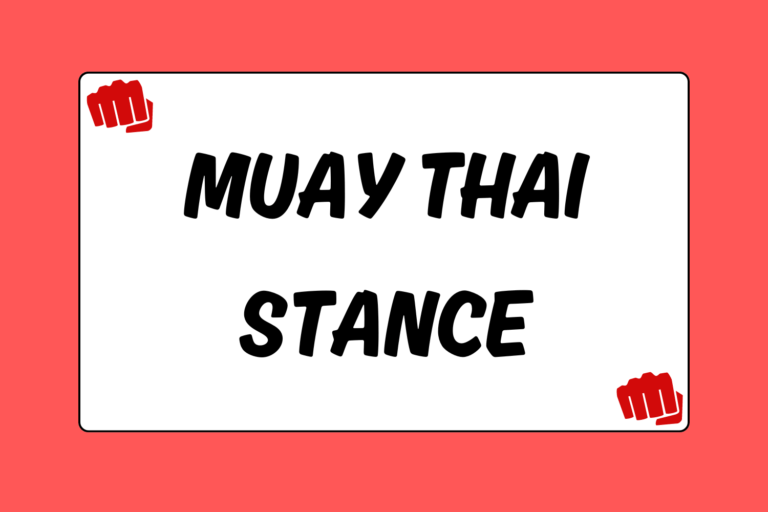The jab is the first punch learned by new fighters. Many fighters appear unenthused when learning the jab, but they quickly learn to rely on this punch for a number of reasons. The jab will most likely not knock an opponent out. This is due to its limited power. However, a fighter who can properly utilize the jab will have a much higher success rate in competition, as it serves the following purposes:
- Distance: It helps a striker determine the necessary distance required to throw various punches.
- Set up feints & other punches: It keeps the opponent guessing.
- Offense: It helps a fighter be the ring general by pushing the opponent backwards.
- Defense: It forces an aggressive opponent to think twice before lunging forward.
The jab should be practiced in order to improve in each of the above areas. A fighter’s punch arsenal cannot be complete without the use of proper jab techniques. This guide will clarify any confusion about the jab and demonstrate the importance of the punch.
How to Throw a Jab
In order to take advantage of the jab’s different uses, a fighter must learn all of its basics. The jab is thrown by the fighter’s lead hand. The punch generates power from the shoulder. Longer forms of the jab also employ the use of the back foot to generate additional power. Pushing off of the back foot while throwing the jab will enable this additional power.
When throwing a jab, the arm should initially extend with the thumb facing toward the sky while in a fist. In the instance prior to full extension, the fist should twist slightly inward so that the thumb faces inward. The twist at the end adds power to the jab.
An important word of advice is to ensure that the shoulder of the jab arm stays tucked to the chin. Full extension of the jab enables better protection of the chin. Remember that when a fighter throws a punch, he leaves himself open for a counterpunch. A tucked chin prevents devastating punches from landing cleanly on the side of the head. After the jab is fully extended, it is essential that the fighter pulls the fist directly back to its original position by the chin. The fist should be brought back on a direct line and should not drop for even a second. The longer the jab stays out, the more time an opponent has to counterpunch.
Uses of the Jab
The jab can be used as an offensive or defensive weapon. It also can be faked to set up other punches or used to create some distance. An athlete truly increases his understanding of the sport of mixed martial arts by realizing the possible uses of the jab.
Distance
The first round of a match often consists of the fighters feeling each other out by circling and throwing simple combinations. Each fighter hopes to get a clear idea of the other fighter’s speed, style, and range in order to generate a solid foundation for the rest of the bout. The jab, in this instance, is used to establish the proper distance between a fighter and his opponent.
In order to land clean punches and still be able to get out of the way of counterpunches, a fighter needs to be aware of how far he is from his opponent. Taller fighters generally can operate from a greater range, since they have longer arms. Shorter fighters need to be able to use their jab in order to close the distance.
The jab acts as an excellent tool in determining the range between a fighter and his opponent. If a fighter throws a jab and falls a couple inches short of landing, he knows he needs to take another step in so that he can land other punches more effectively. If a fighter lands a jab but his arm is only halfway extended, he will probably attempt to increase the distance somewhat so that he can land punches with full extension and full power.
In some cases though, it is advantageous to be in close; but a fighter must be careful when throwing a jab at close range. Jabs thrown at close range do not allow for full extension. And in that case, the chin will probably be open for a counter-punch.
Setting up Feints & Other Punches
Most fighters effectively use the jab as a set-up-punch. The jab can act as a distraction for more powerful punches that will land shortly thereafter. When a fighter establishes a sound jab that begins to consistently land throughout a fight, he opens the door for other punches to land. His opponent will continue to be fixed on the jabbing hand, neglecting the other hand that can land powerful shots. In addition, a well-established jab enables a fighter to fake the jab (also known as “feinting” the jab). The goal of feinting the jab is to get the opponent to flinch or hesitate and create a possible opening that can be exploited.
Most combinations begin with a jab. The jab can blind the opponent, enabling the fighter to land punches that his opponent does not see coming. A jab can also be thrown accurately to a predetermined area so that the opponent moves his hands or head to a place that enables another punch to land more effectively.
Offense
As stated before, the jab serves as the first punch in the majority of combinations. Throwing two or three jabs in a row, known respectively as double-jabbing and triple-jabbing, almost ensures that at least one punch will land and score a point.
A consistent jab will force an opponent to be cautious. The continuous jabbing will allow a fighter to move forward and win the favor of the judges who score based heavily on striking.
The jab rarely creates enough force to knock an opponent out, but this does not mean that an accurately placed jab cannot stun an opponent. The twist at the end of the jab, described above, helps generate power. Pushing off of the back foot also generates power. Lastly, clenching or squeezing the fist as the arm reaches full extension also creates some additional power. The twist, push, and squeeze, when practiced perfectly, can definitely stun an opponent.
Defense
As the adage goes, “Offense is the best defense.” We have all heard this saying before, but in no other sport does it apply more appropriately than in mixed martial arts. A fighter’s opponent thinks twice before lunging in or moving forward too aggressively when he continues to be battered by incoming jabs.
Jabbing and moving are the best defense to prevent an aggressive opponent from advancing to the inside. If a fighter did not throw any punches, his opponent could technically move in as close as possible in order to throw short-range power punches. The opponent must be much more technical, though, if he decides to advance while jabs are consistently being thrown at his body and head.
Throw the Jab
Due to the number of purposes it serves, the jab should be the most important punch in a fighter’s arsenal. The jab acts as an efficient weapon whether a fighter wants to understand distance, set-up other punches and feints, or optimize his offensive and defensive skills. Practice the jab and continue to use it!





